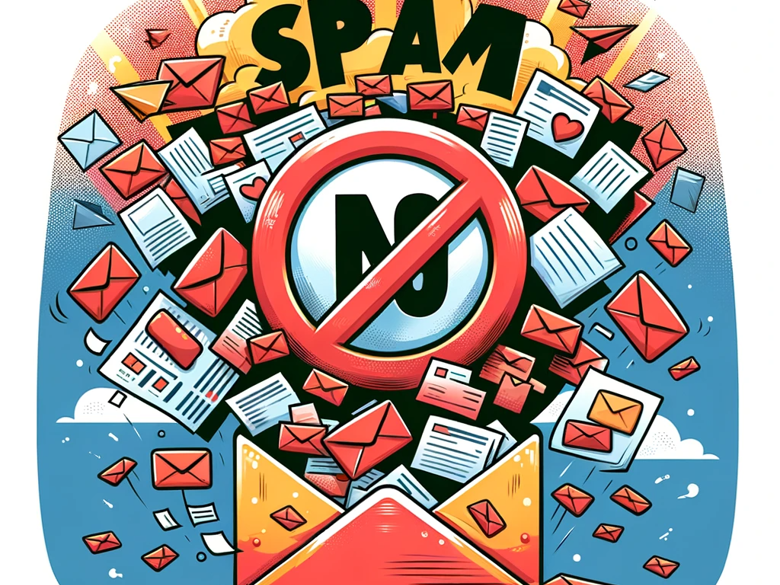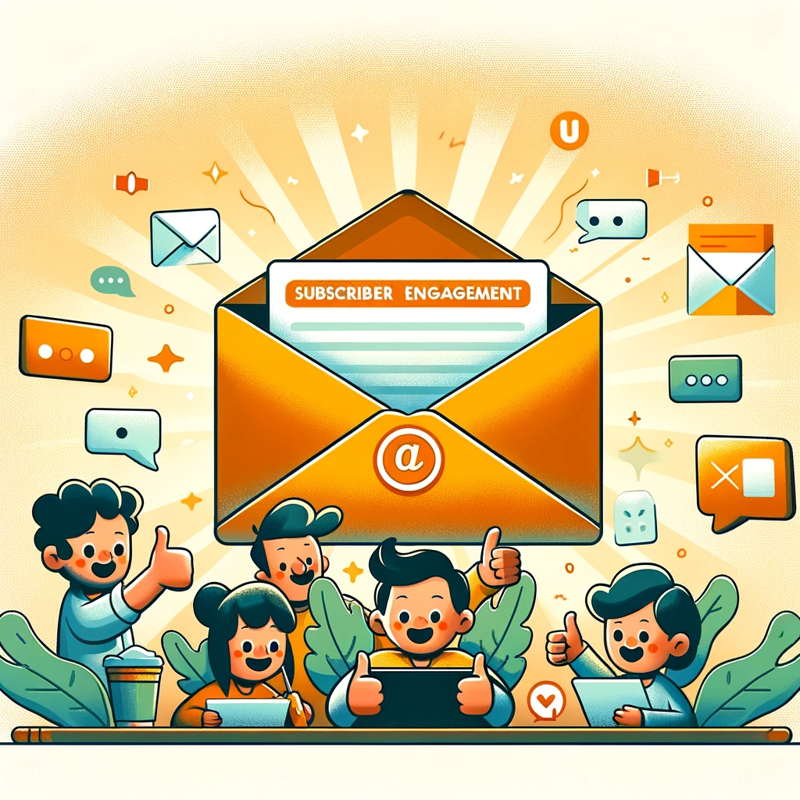In the digital age, the effectiveness of your email campaigns hinges on your ability to land in your customer's inbox with compelling content. However, before your meticulously crafted messages can engage your audience, they must first navigate the intricate landscape of email authentication. The stakes have been raised as prominent mailbox providers (MBPs) like Gmail and Yahoo fortify their domain authentication requisites.
Partnering with a robust Email Service Provider (ESP) is merely the first stride in your journey to the inbox. A pivotal element in this journey is authenticating your email domain. Think of email authentication as your domain's digital "signature," assuring MBPs of your legitimacy and securing your rightful place in your customer's inbox. This becomes paramount as Gmail and Yahoo enforce new guidelines for high-volume senders this February.



